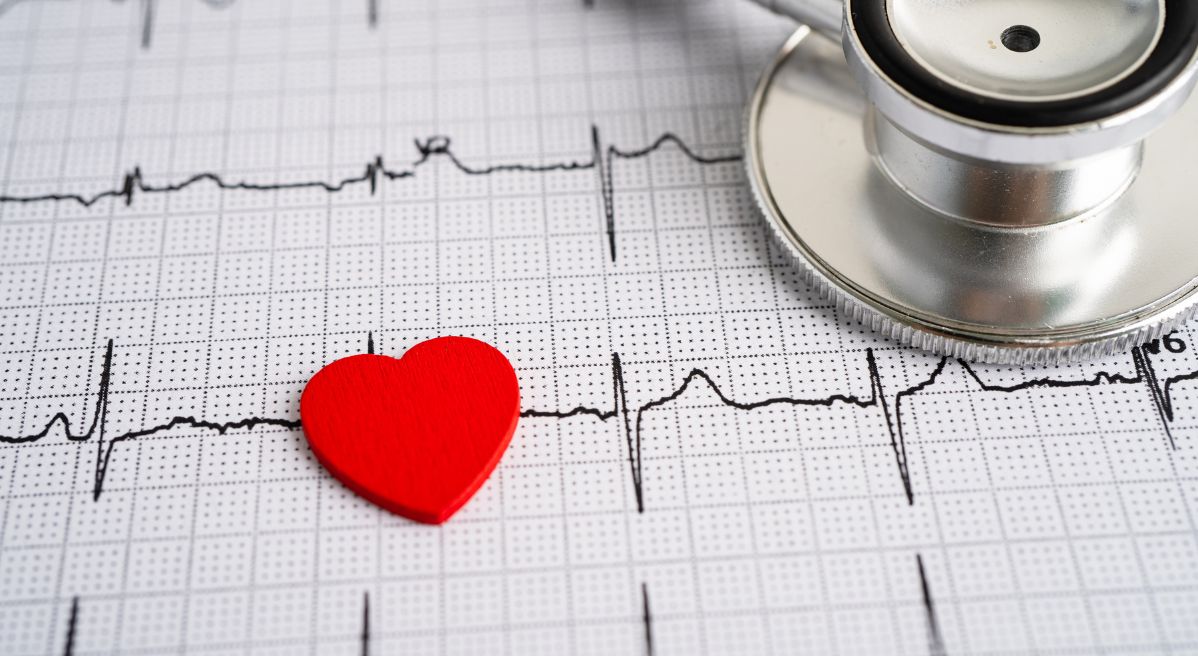What is endocarditis?
Well, endocarditis is an endovascular infection of cardiovascular structures, usually involving the valves, but sometimes also the large blood vessels. The cause of the inflammation can be bacteria or fungi, which spread through the bloodstream from another organ (such as the oral cavity) to the heart, where they attack its damaged parts.
If left untreated, endocarditis can lead to damage to the heart valves. Sometimes, complications can be life-threatening and fatal for the patient. However, it rarely occurs in individuals with a healthy heart, while those with damaged heart valves, artificial heart valves, and other heart defects have an increased risk of developing this condition.
What are the typical symptoms of endocarditis?
Endocarditis can cause symptoms that range from mild to severe and can vary depending on the causative agent of the infection. Additionally, the presence of pre-existing heart conditions can influence the severity of symptoms. The most common symptoms of endocarditis include:
- Fever
- Chills
- Fatigue
- Muscle or joint pain
- Night sweats
- Headaches
- Swelling of the feet, abdomen, and legs
- Chest pain and shortness of breath
Other lesser-known symptoms that can also indicate endocarditis include:
- Blood in the urine
- Unexplained and sudden weight loss
- Red spots on the soles of the feet or palms of the hands
- Red spots beneath the skin on the fingers, hands, and feet
- Small purple or red spots on the whites of the eyes or in the mouth
Endocarditis – Causes and Risk Factors
Endocarditis occurs when bacteria or fungi enter the bloodstream and attach to the lining of the heart or heart valves. Usually, the immune system eliminates harmful bacteria when they enter the bloodstream. However, certain bacteria that reside in the mouth, throat, skin, or intestines can evade this natural defense system and cause serious inflammations, such as endocarditis.
The most common microorganisms that cause infective endocarditis include:
- Streptococci
- Staphylococcus aureus
- Enterococcus species
- HACEK microorganisms (Haemophilus parainfluenzae, Haemophilus aphrophilus, Actinobacillus actinomycetemcomitans, Cardiobacterium hominis, Eikenella species, and Kingella species)
And how can these pathogens enter the bloodstream? There are several ways, and among the most important are several that we will mention below. Daily oral hygiene can lead to the entry of bacteria into the bloodstream. When we brush our teeth or clean the spaces between them with floss, it sometimes happens that we injure the tissue and it bleeds. This is also the moment when bacteria can enter the bloodstream.
In addition to this situation, skin infections, certain dental procedures (such as tooth extraction), tattooing, or drawing blood from veins and intravenous therapy can also be situations in which bacteria enter the bloodstream.
That is why prevention of bacterial endocarditis in adults is necessary. Prevention is carried out with antibiotics before expected bacterial inflammation or possibly two to three hours after a dental intervention involving gingival trauma.
How is the inflammation of the inner layer of the heart diagnosed?
History taking, clinical presentation, and examination are not sufficient to establish the diagnosis of endocarditis, but they can certainly help in recognizing this condition. In order for the cardiologist to be completely certain that it is endocarditis, a series of tests need to be performed:
- Biochemical analyses – these analyses will identify bacteria and germs that may be present in the bloodstream. In addition, if the patient has anemia, it is a clear indicator that can suggest endocarditis.
- Echocardiogram – Cardiac echo or echocardiogram uses ultrasound waves to record images of the heart, which the cardiologist can use to detect any existing infection.
- Electrocardiogram (ECG) – if something affects the electrical activity of the heart, it will be visible on this test.
- Chest X-ray – on this image, the cardiologist will be able to see if the heart has enlarged due to the infection and if it has potentially spread to the lungs.
- CT scan or MRI – if the doctor suspects that the infection has spread to the brain or another organ, they may suggest magnetic resonance imaging (MRI) or a CT scan.
How common is infective endocarditis?
Despite all the modern methods of diagnosis and treatment for this condition, the number of patients with endocarditis is increasing. The disease is on the rise in the United Kingdom, where approximately 3 out of 100,000 patients are diagnosed with endocarditis. The numbers in European countries are similar, with an incidence of 1 to 4 patients per 100,000 population. Endocarditis is still associated with a high mortality rate among patients. The increase in the number of cases can be attributed to the growing number of individuals with degenerative valve diseases, an increasing number of patients receiving artificial valve implants, and the frequent use of intravenous medications.
What are the possible complications of endocarditis?
We will mention just a few complications that can occur as a result of endocarditis in patients. These include infarctions of other organs and tissues (such as the heart, brain, spleen, kidneys, or extremities). Additionally, there can be infections in other parts of the body leading to abscesses in the brain, lungs, kidneys, liver, and others. Furthermore, inflammation of the pericardium and renal insufficiency can also occur. If left untreated, endocarditis can lead to a fatal outcome.
How is endocarditis treated?
Many cases of this disease are successfully treated with antibiotics, which are typically administered intravenously. Based on biochemical analysis, specific bacteria causing the infection are identified, helping the doctor decide which antibiotic to prescribe to the patient.
It is common for the patient to receive antibiotic therapy for about a week in a hospital setting. After that, if the body responds well to the treatment, the therapy can be continued at home, also with the administration of this type of medication.
If endocarditis has caused severe damage to the heart valves, surgery may sometimes be necessary for the patient to return to their daily activities. Otherwise, symptoms and complications may continue to trouble the patient for years.
Check your heart health at Pulse Cardiology Center
If you experience any of the symptoms mentioned in this blog, it is time to schedule an appointment at our cardiology hospital. Prevention is crucial when it comes to treating cardiovascular diseases, so regular check-ups with a cardiologist should be included in your annual schedule.





